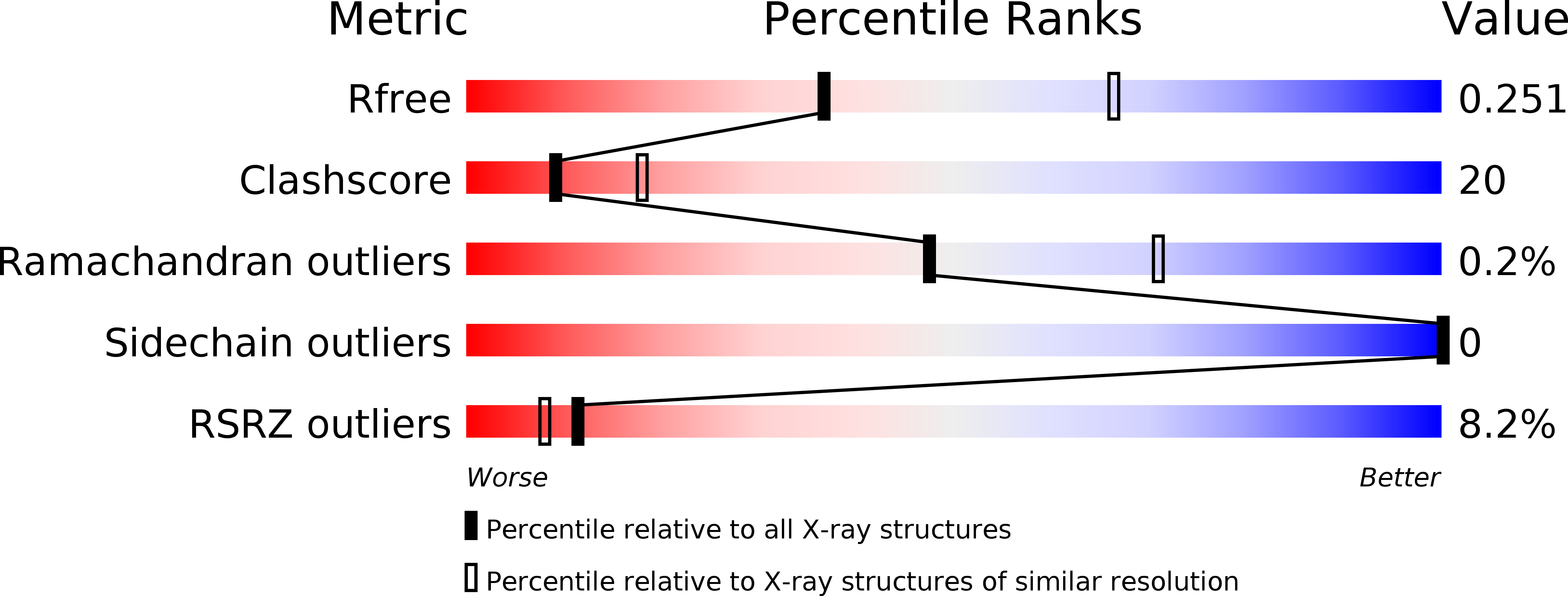
Deposition Date
2016-06-01
Release Date
2017-06-07
Last Version Date
2023-09-27
Entry Detail
PDB ID:
5K9T
Keywords:
Title:
SecA-N68, a C-terminal truncation of the SecA ATPase from E. coli
Biological Source:
Source Organism:
Escherichia coli (strain 55989 / EAEC) (Taxon ID: 585055)
Host Organism:
Method Details:
Experimental Method:
Resolution:
2.60 Å
R-Value Free:
0.24
R-Value Work:
0.19
R-Value Observed:
0.20
Space Group:
P 1 21 1


